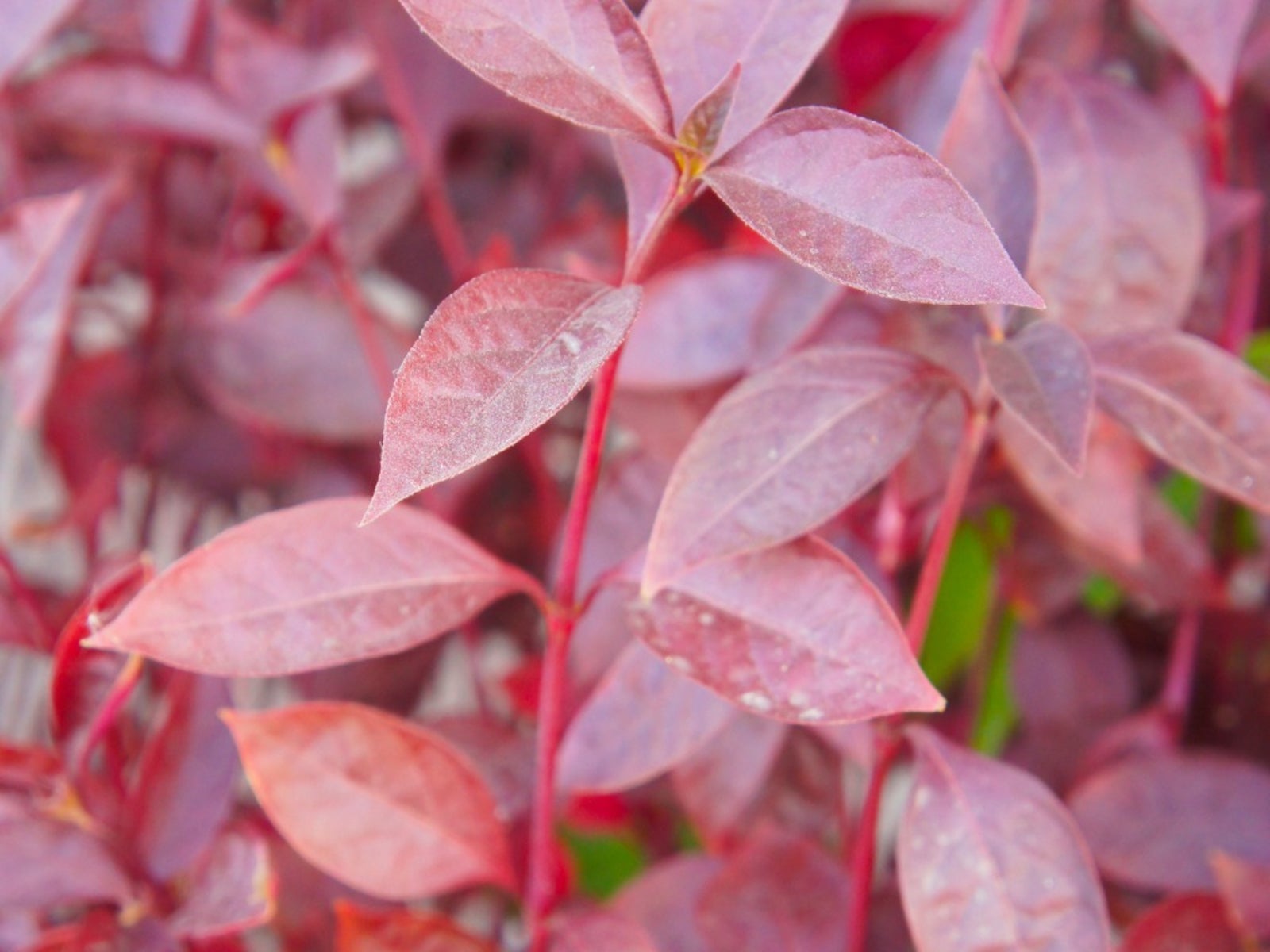Care Of Alternanthera Joseph's Coat: How To Grow Alternanthera Plants


Joseph's coat plants (Alternanthera spp.) are popular for their colorful foliage which includes several shades of burgundy, red, orange, yellow, and lime green. Some species have single or bi-colored leaves, while others have an entire rainbow of color in a single plant. These frost-tender perennials are grown as annuals and range in size from 2-inch (5 cm.) dwarfs to 12-inch (30.5 cm.) mounds of foliage. The amount of pinching you put into your Alternanthera plant care routine determines the growth habit of the plant. If you pinch out the growth tips regularly, the plants form a neat mound that looks fantastic in formal borders, and you can also use them in knot gardens. They remain attractive but take on a more casual appearance when you leave them alone. You can make a neat edging for your borders or walkways using Alternanthera. Joseph's coat used as an edging stays dense if you run over the tops of the plants lightly with a string trimmer. Space edging plants 2 inches (5 cm.) apart for dwarf species and 4 inches (10 cm.) apart for larger types.
How to Grow Alternanthera
Joseph's coat plants aren't picky about the soil as long as it is well-drained and not too rich. The plants grow well in both sun and partial shade, but the colors are more intense in full sun. Set out bedding plants a couple of weeks after your last expected frost. You probably won't find seeds for sale since the plants don't come true from seeds. Landscapers call it chartreuse Alternanthera to avoid confusion with another plant that is sometimes called Joseph's coat, and you may find them labeled this way at the nursery. Chartreuse Alternanthera foliage varies with the species and cultivar. There is a good deal of confusion among the species, with some growers calling the same plant A. ficoidea, A. bettzichiana, A. amoena, and A. versicolor. Any of these names generally refers to a variety with multicolored leaves. The color mix can lead to a chaotic appearance in some settings. Try these cultivars for a more structured look:
- 'Purple Knight' has deep burgundy foliage.
- 'Threadleaf Red' has narrow, scarlet foliage.
- 'Wavy yellow' has narrow foliage splashed with gold.
- 'Broadleaf Red' has bright green leaves with red stripes.
Alternanthera Plant Care
Water the plants often enough to keep the soil from completely drying out. They generally don't need additional fertilizer, but if they aren't growing well, try giving them a shovelful of compost in summer. Cut them back if the mounds start to sprawl or spread open. The easiest way to carry the plants from one year to the next is to take cuttings just before the first frost. Start the cuttings indoors and grow them in a sunny window until spring.
Sign up for the Gardening Know How newsletter today and receive a free copy of our e-book "How to Grow Delicious Tomatoes".

Jackie Carroll has written over 500 articles for Gardening Know How on a wide range of topics.